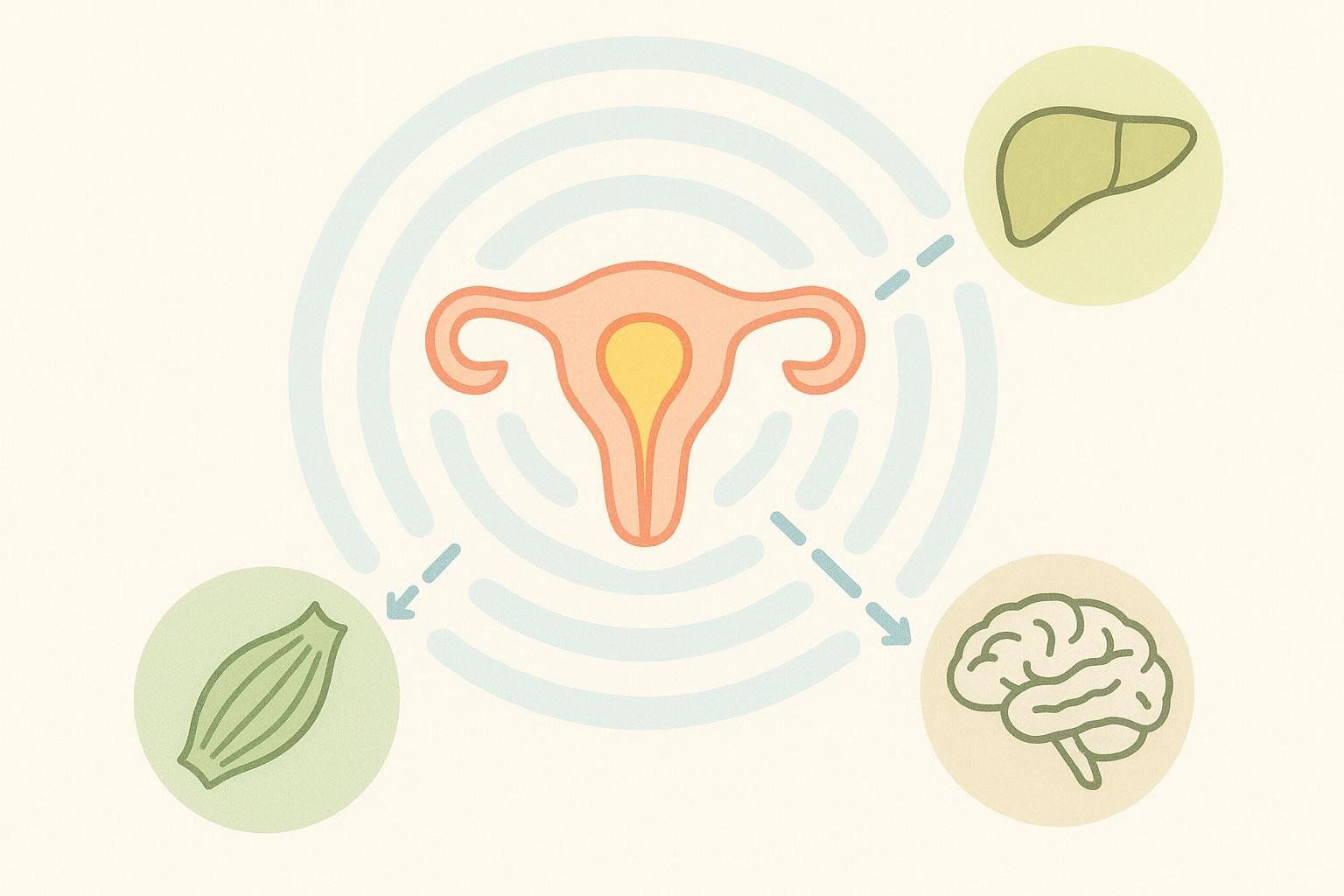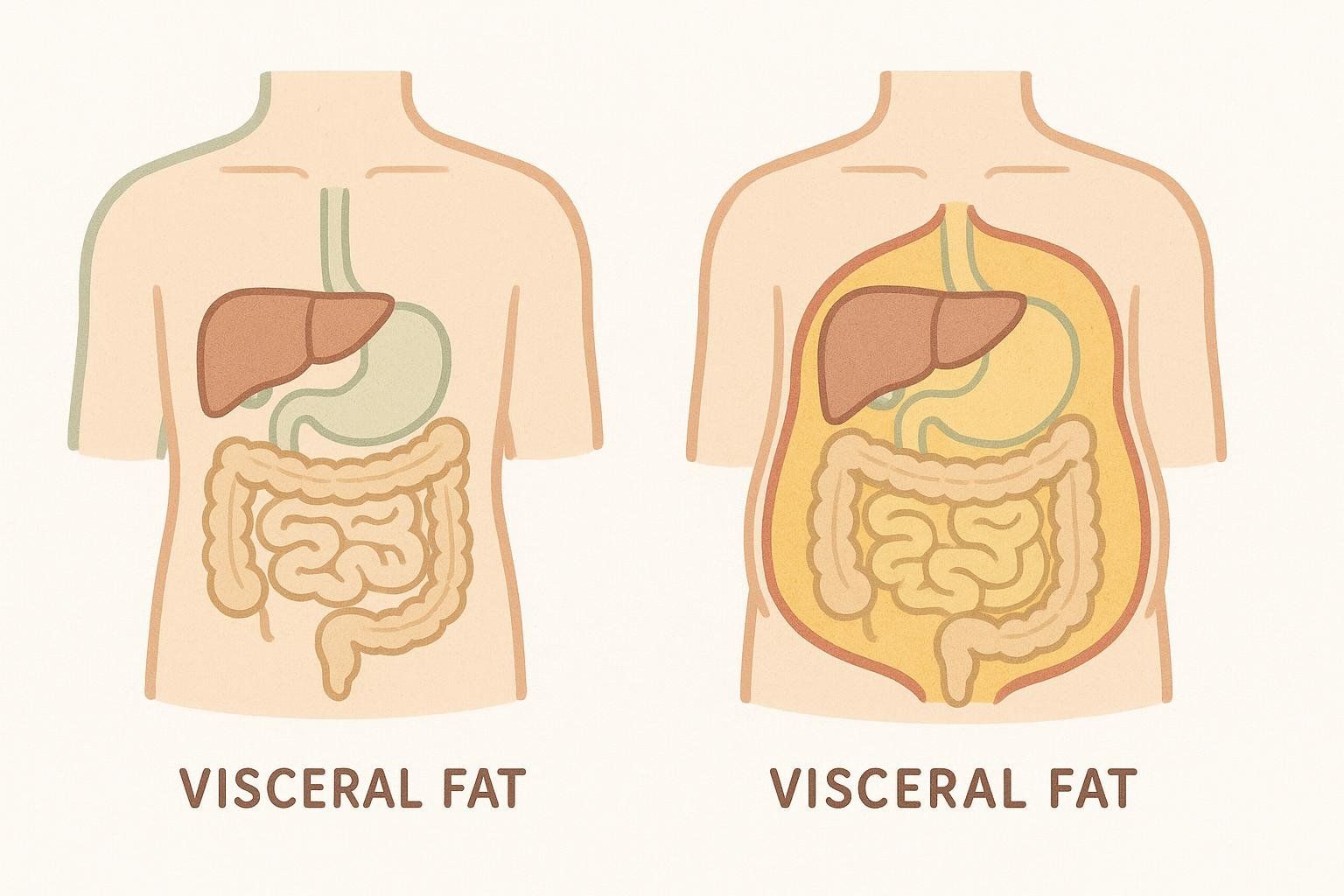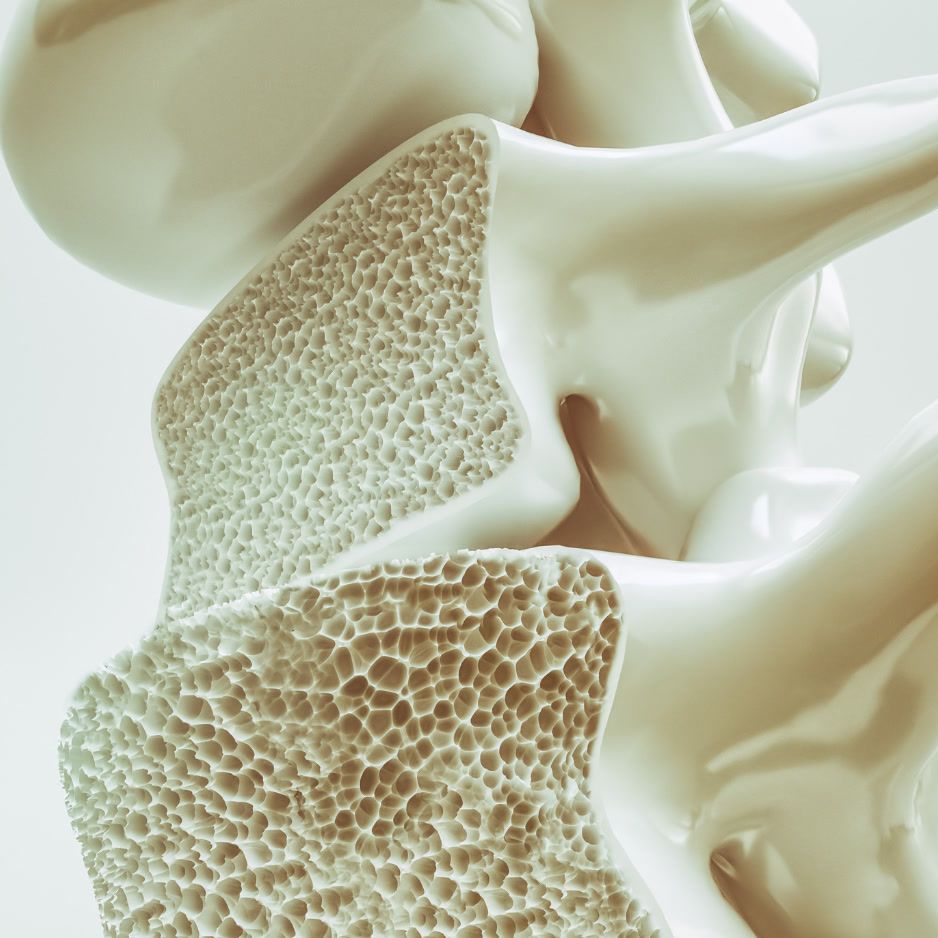Metabolic Changes During Menopause: Impacts and Responses

Metabolic Changes During Menopause: What Happens, Why It Matters, and How to Respond
Menopause isn’t only about hot flashes and irregular periods. Under the surface, it brings significant metabolic changes during menopause. Declining estrogen and progesterone trigger fundamental shifts in how many calories you burn at rest, where you store fat, and how dense your bones remain.
If you’ve noticed stubborn belly fat or a slowdown in weight-loss results after 40, biology—not willpower—may be the main culprit.
BodySpec has performed almost 200,000 DEXA scans on women from their 20s through their 80s. This extensive dataset offers unparalleled real-world insight into how body composition evolves across the menopausal transition. Drawing on our data—plus the latest peer-reviewed research—this guide will help you:
- Understand the key hormonal drivers behind metabolic changes during menopause
- See how much resting metabolic rate (RMR) typically drops—and why
- Interpret BodySpec’s first-party findings on bone density, lean mass, and visceral fat
- Apply evidence-backed nutrition, exercise, and hormone-therapy strategies
- Use DEXA and RMR testing to track progress and personalize your plan
Menopause 101: A Quick Refresher
Menopause is clinically defined as 12 consecutive months without a menstrual period. Most U.S. women reach this milestone around age 51 (National Institute on Aging).
The transition, however, can begin up to 10 years earlier—a phase called perimenopause—and is followed by post-menopause (Harvard Health).
Researchers often group women into three stages when they study metabolism:
- Late reproductive / early perimenopause
- Late perimenopause
- Early post-menopause
A 2022 review on energy metabolism during the menopausal transition found that each stage has distinct metabolic fingerprints that mirror the roller-coaster drop in estrogen levels.
The Hormonal Domino Effect on Metabolism
Estrogen’s far-reaching role
Estrogen isn’t just a reproductive hormone; it also binds to receptors in muscle, liver, adipose tissue, and even your brain’s appetite center.
When levels fall, several things happen:

- Mitochondrial efficiency declines. Cells burn fewer calories for the same work (review of estrogen and mitochondrial function).
- Insulin sensitivity drops. Glucose is rerouted into fat storage, raising diabetes risk (Metabolic Disorders in Menopause review).
- Appetite-regulating peptides shift. You may feel hungrier even as you burn fewer calories (UChicago Medicine explainer).
Progesterone’s influence
Falling progesterone can affect fluid balance and carbohydrate metabolism, contributing to water retention and subtle changes in insulin action (Review on progesterone, fluid balance, and carbohydrate metabolism).
Androgens and muscle loss
Lower androgen levels in midlife have been linked to reduced muscle protein synthesis and sarcopenia—the gradual loss of muscle that accompanies aging (Sarcopenia and androgens review).
Quantifying the Slowdown: How Much Does RMR Drop?
Resting metabolic rate naturally declines about 1–2 % per decade after age 20 (Analysis of age-dependent changes in resting energy expenditure), but menopause significantly accelerates that trend.
| Menopausal Stage | Average RMR (kcal/day) | % Change vs. Pre-Menopause |
|---|---|---|
| Late Reproductive (40–44 yrs) | 1,450 | — |
| Late Perimenopause (45–49 yrs) | 1,380 | –4.8 % |
| Early Post-Menopause (50–54 yrs) | 1,300 | –10.3 % |
| > 55 yrs | 1,250 | –13.8 % |
Estimates derived from the ERMA study and resting-energy-expenditure trends reported in the SWAN cohort; values rounded to the nearest 10 kcal.
That 150–200 kcal/day gap is roughly the energy in a standard candy bar—every single day.
Try it yourself. Use BodySpec’s Resting Calorie Burn Calculator or learn about RMR testing to discover your personal number.
What BodySpec Scan Data Reveals About Menopausal Body Composition
Thanks to our nationwide mobile DEXA units, we can observe broader, real-world age-linked patterns that complement findings from clinical trials. Below is a snapshot of three critical metrics from our anonymized database:

| Metric | Peak / Starting Value | Trend Through Mid-40s | Change 50 → 80 yrs |
|---|---|---|---|
| Bone Mineral Density (BMD) | 1.246 g/cm² peak at ~45 yrs | Stable around 1.215 g/cm² until age 50 | ↓ ~14 % to 1.050 g/cm² |
| Lean Mass Percentage | 65.2 % (20–24 yrs) | Gradual ↓ ~0.9 pp per decade | 60.1 % (75–79 yrs) |
| Visceral Adipose Tissue (VAT) | 0.24 kg (20s) | Accelerated ↑ after 45 yrs | 0.86 kg (70s); ~3.5 × increase |
Key first-party insights
- The menopause window (45–55 yrs) marks the steepest inflection for ALL three metrics—bone, muscle, and visceral fat.
- Preventive strength training and nutrition started before age 50 slow BMD loss and lean-mass decline in repeat BodySpec clients.
- Elevated VAT and reduced lean mass often appear before major scale-weight changes, underscoring the value of composition-based monitoring.
Interactive Body Composition Changes During Menopause Chart
Use your age and key symptoms to assess whether you might benefit from a DEXA scan to understand your body composition.
Book any DEXA scan and you’ll see how you compare to age-matched peers right inside your BodySpec report.
Learn more in What Is Visceral Fat?.
Visceral Fat: Why Location Matters
Lower estrogen also changes where fat lands. More calories head to the abdomen, increasing visceral fat—the type that wraps around organs and drives higher cardiometabolic risk (Lancet EBioMedicine). BodySpec’s DEXA scan can quantify visceral fat in grams and percentile, allowing data-driven interventions rather than guesswork.

Get the full picture in How to Lose Visceral Fat.
Health Implications of Metabolic Changes During Menopause

- Higher LDL-C and triglycerides → elevated heart-disease risk (Lancet study)
- Rising fasting glucose & Hemoglobin A1c → greater type 2 diabetes risk (Metabolic Disorders in Menopause)
- Accelerated bone loss → increased risk of osteoporosis and fractures. Learn more in A Guide to Bone Density Testing
- Increasing VAT + decreasing lean mass → compounded cardiometabolic risk—as confirmed by BodySpec scan trends
How to Counter Metabolic Changes During Menopause
1. Prioritize Protein & Fiber

- Aim for 1.2–1.6 g of protein per kg body weight (≈ 25–30 g per meal) as recommended by the International Society of Sports Nutrition.
- Fill half your plate with high-fiber plants to blunt post-meal glucose spikes; data from the large ZOE menopause metabolism study show better blood-sugar control with fiber-rich diets.
2. Prioritize Strength Training

Guidelines for older adults recommend two to three full-body resistance sessions per week to preserve muscle mass and boost resting metabolism (NSCA resistance training recommendations). Track changes in muscle with BodySpec’s DEXA scan and our Guide to Measuring Muscle Mass.
3. Incorporate HIIT & NEAT
High-Intensity Interval Training has been shown to improve insulin sensitivity in early post-menopausal women (HIIT SPRINT trial on post-menopausal women). Meanwhile, daily Non-Exercise Activity Thermogenesis (NEAT)—think walking meetings—adds hundreds of calories burned without formal workouts.
4. The Importance of Sleep and Stress Management
Short sleep (< 6 h) and chronic stress elevate cortisol, which favors belly-fat storage. A 2019 review on sleep, health, and metabolism in midlife women links poor sleep to higher BMI and central adiposity.
5. Consider Hormone Replacement Therapy (HRT)
Modern, individualized HRT can improve body-fat distribution and lipid profiles when started within 10 years of menopause, per the Endocrine Society clinical guidelines. Work with a qualified clinician to weigh benefits vs. risks such as thromboembolism.
For a deeper dive, see Key Causes of Weight Gain in Menopause.
Sample Week Action Plan
| Day | Focus | Example |
|---|---|---|
| Mon | Strength | 45-min full-body weights |
| Tue | NEAT | 10 k steps + standing desk |
| Wed | HIIT | 8 × 1-min cycling sprints |
| Thu | Recovery | Yoga + 30 g protein breakfast |
| Fri | Strength | Lower-body emphasis |
| Sat | Social | Hike with friends |
| Sun | Planning | Meal-prep high-fiber lunches |
Frequently Asked Questions
How much weight will I gain after menopause?
Average weight gain is 5-8 lb during the transition, but distribution (more belly fat) matters more than the scale (Lancet study).
Does intermittent fasting work for menopausal women?
Early data show that time-restricted eating may improve insulin sensitivity, provided protein intake and strength training stay high (time-restricted eating review).
Can supplements boost my metabolism?
Caffeine and green-tea extracts offer small, short-term increases in calorie burn. Focus on proven levers—muscle retention and diet quality—first (Obesity Reviews meta-analysis).
Key Takeaways
- Declining estrogen and progesterone cause measurable drops in RMR and increases in visceral fat.
- BodySpec data confirm that BMD peaks around 45 and VAT triples between the 20s and 70s, while lean-mass percentage steadily falls.
- On average, women burn 150–200 fewer calories per day within five years of menopause.
- Protein-rich diets, strength training, HIIT, and adequate sleep mitigate many metabolic downsides.
- HRT is a powerful but individualized tool—consult your healthcare provider.
Ready to see your real numbers?
Book your scan and personalized roadmap today: What Is a DEXA Scan and How Can It Help?


